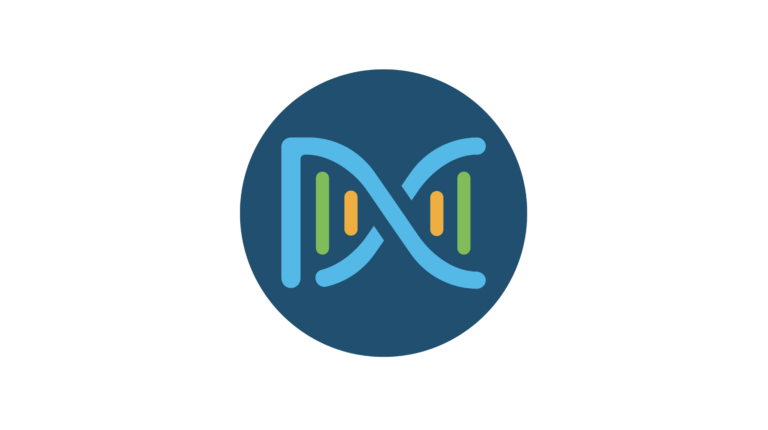

UVexplorer is a network discovery and visualization tool designed to provide comprehensive insights into network infrastructures. It aids network administrators in automatically discovering, mapping, and documenting network devices and their interconnections.
Key Features of UVexplorer:
Ideal For:

Cisco Digital Network Architecture (DNA) is a comprehensive intent-based networking solution that provides end-to-end network management capabilities. It leverages automation, analytics, and security features to create a more intelligent and responsive network environment.
Key Features of Cisco DNA:
Ideal For:
| Feature | UVexplorer | Cisco DNA |
|---|---|---|
| Network Discovery | Automatic discovery using various protocols; suitable for large to SMB networks. | Comprehensive discovery with deep insights; optimized for large and complex network environments. |
| Network Mapping | Generates interactive and detailed maps; focuses on visualization. | Provides mapping as part of broader analytics and assurance functionalities. |
| Automation | Limited automation capabilities; primarily manual processes. | Extensive automation features including provisioning, configuration, and policy enforcement. |
| Analytics and Monitoring | Basic performance monitoring; limited analytics. | Advanced real-time and predictive analytics with extensive monitoring and assurance features. |
| Security | Basic security features; depends on external tools for advanced security. | Integrated advanced security including threat detection, segmentation, and policy-based controls. |
| Integration | Can integrate with some third-party tools; limited compared to enterprise solutions. | Seamless integration within Cisco’s ecosystem and supports various third-party integrations. |
| Scalability | Scalable from large to small networks. UVexplorer Server offered for enterprise architecture. | Highly scalable to support large and complex networks across multiple locations. |
| User Interface | User-friendly and straightforward; minimal learning curve. | Comprehensive and feature-rich; may require training for effective utilization. |
| Deployment | Quick and easy deployment; on-premise, no data stored online, minimal infrastructure requirements. | Requires substantial infrastructure and planning; available as appliance or cloud-based solutions. |
| Cost | Affordable and cost-effective for all organizations. | Higher investment; pricing varies based on features and scale of deployment. |
UVexplorer Pricing:
Cisco DNA Pricing:
UVexplorer Use Cases:
Cisco DNA Use Cases:
UVexplorer Pros:
UVexplorer Cons:
Cisco DNA Pros:
Cisco DNA Cons:
Choosing between UVexplorer and Cisco DNA largely depends on the specific needs, scale, and resources of an organization.
UVexplorer is an excellent choice for organizations seeking a straightforward, affordable, and efficient tool for network discovery and documentation. It excels in providing clear visualizations and maintaining up-to-date network inventories without the complexity and cost associated with larger systems.
Cisco DNA, on the other hand, is tailored for large enterprises that require a comprehensive, scalable, and secure network management solution. Its advanced features in automation, analytics, and security make it suitable for organizations looking to optimize and future-proof their network infrastructures, albeit at a higher cost and complexity.
Ultimately, organizations should assess their current network management requirements, future growth plans, budget constraints, and technical capabilities before making a decision. Evaluating these tools through trials, demos, and consultations can further aid in selecting the solution that best aligns with organizational objectives and operational demands.
All Rights Reserved. UVnetworks © 2015 – 2025